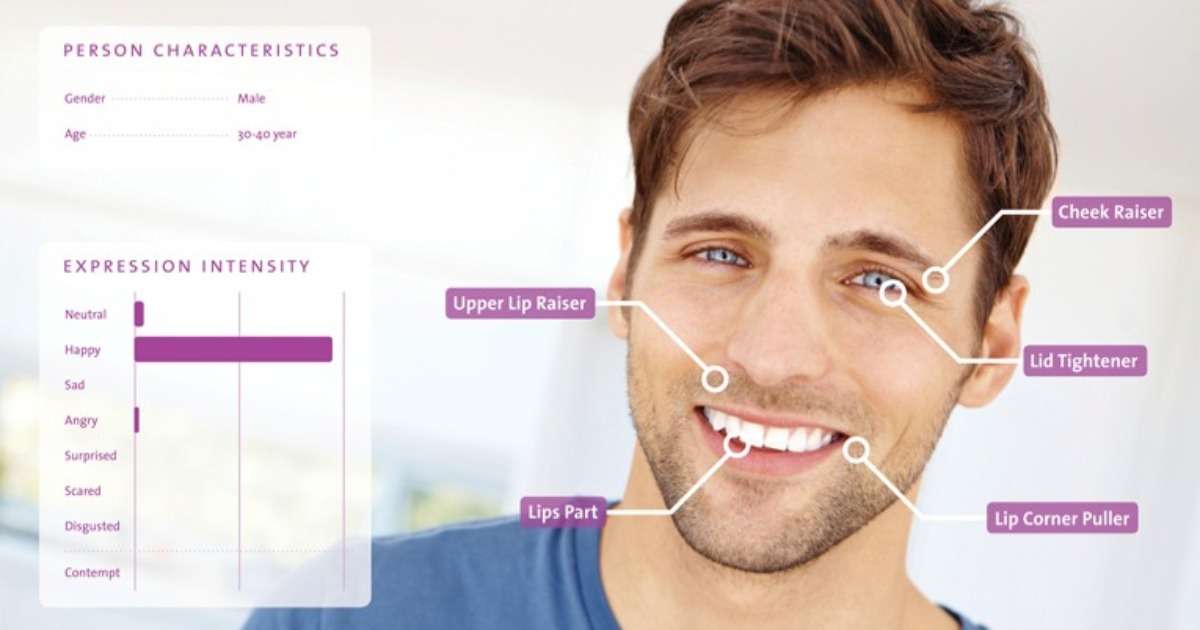Emotions
Emotions are what makes us human, and we all experience them. Emotion data provides crucial insights that allow researchers to gain insight in complex human behaviors in greater depth. Emotions can play a role in all kind of matters. For example, in the decisions we make whether or not to buy something, in food choices we make, and in how we interact with others.

How to use FaceReader in the lab
Are you interested in using automatic facial expression analysis in a standardized lab setting? Here are 5 tips to get you started!

Who is the best product representative?
We all have our favorite celebrities, then there are those we love to hate. Who would you want to pay to represent your product or brand?

Behavioral techniques to empower consumers: resisting persuasion by controlling
The role of facial expression in resisting enjoyable advertisements.

The man in the maze: A behavioral science journey into consumer studies
As a researcher, one of my biggest thrills was being able to predict how someone was going to behave, especially without asking him or her.

Measuring experiential, behavioral, and physiological outputs
In a romantic relationship, it is undoubtedly important to show support when one’s partner shares his or her accomplishments and positive life events.

Healthcare communication - dealing with emotions
Communication studies have shown that breaking bad news is best be done immediately and with clear wording. What is the best step forward?

Facial expressions - reactions to bitter food vary between high and low BMI
Overweight and obese individuals are at increased risk for many diseases and health conditions. By 2050, as much as 50% of the UK population could be obese at a cost of £50 billion a year.

Comparing machine emotion recognition with a human benchmark
Our emotions come across clear in our facial expressions. Due to this, facial expressions can be used in a wide variety of studies.

Predicting Advertising Effectiveness: Facial Coding of 120.000 Video Frames
The advertising and marketing companies have just received a new addition to their repertoire of the neuromarketing tools – automated coding of facial expressions of basic emotions.

Galvanic skin response, heart rate variability and more behavior on the inside
When it comes to measuring our emotional responses to food items, medical treatment, or works of art, our behavior does not always paint the whole picture.
